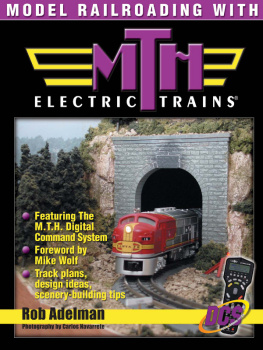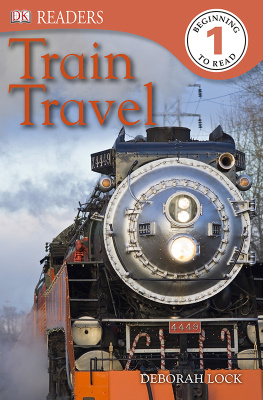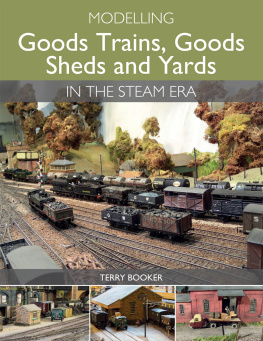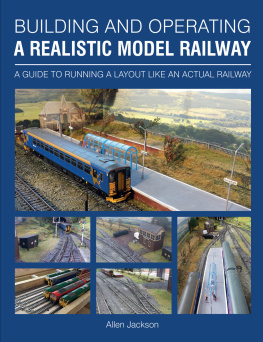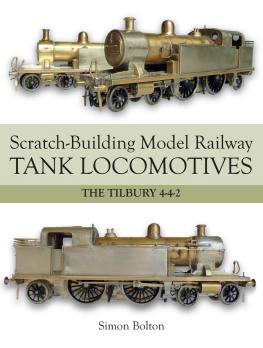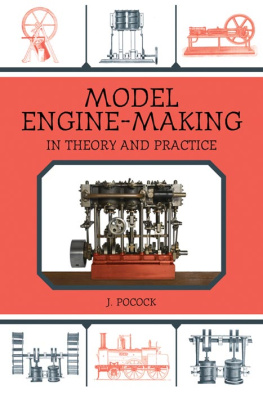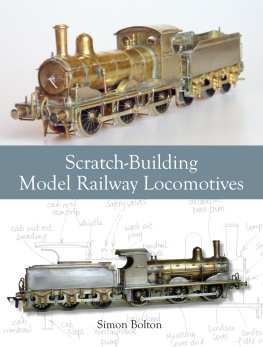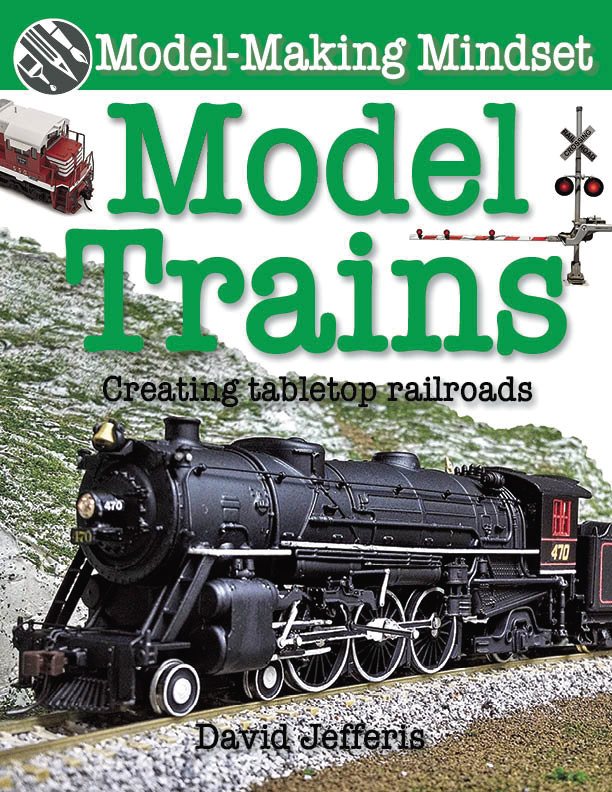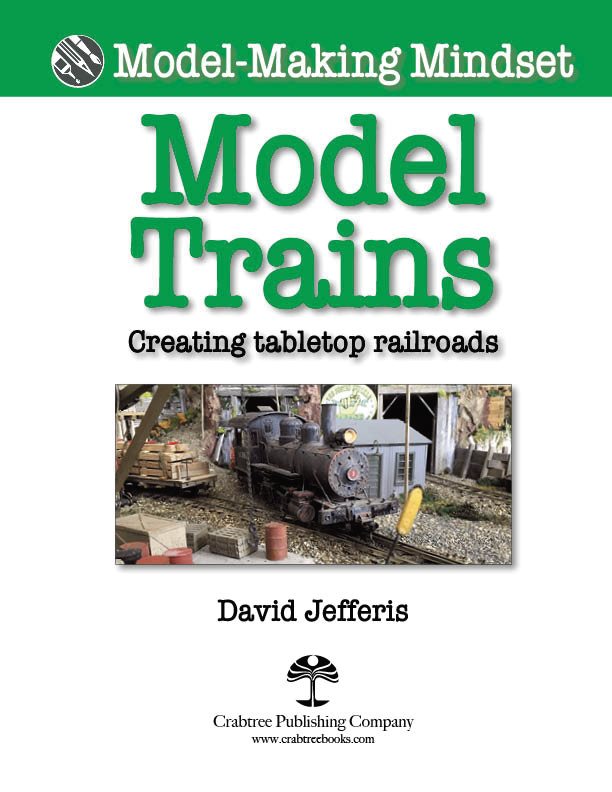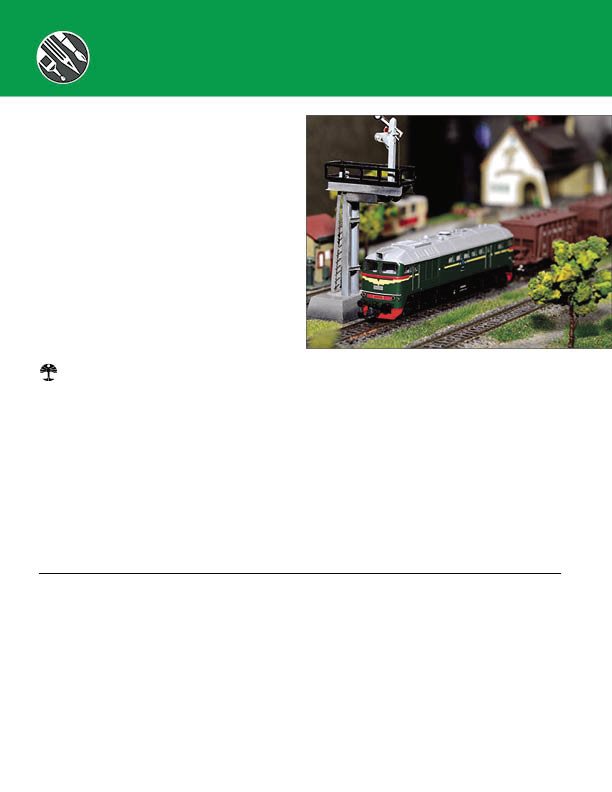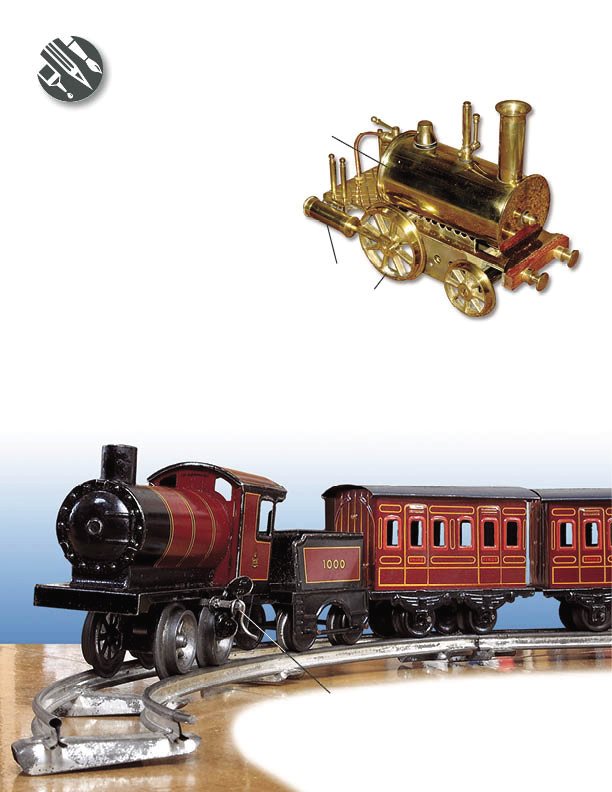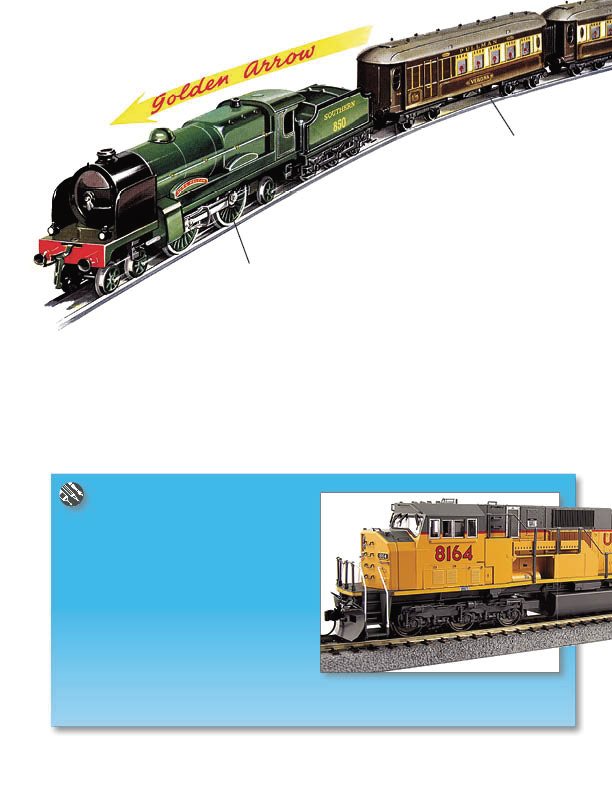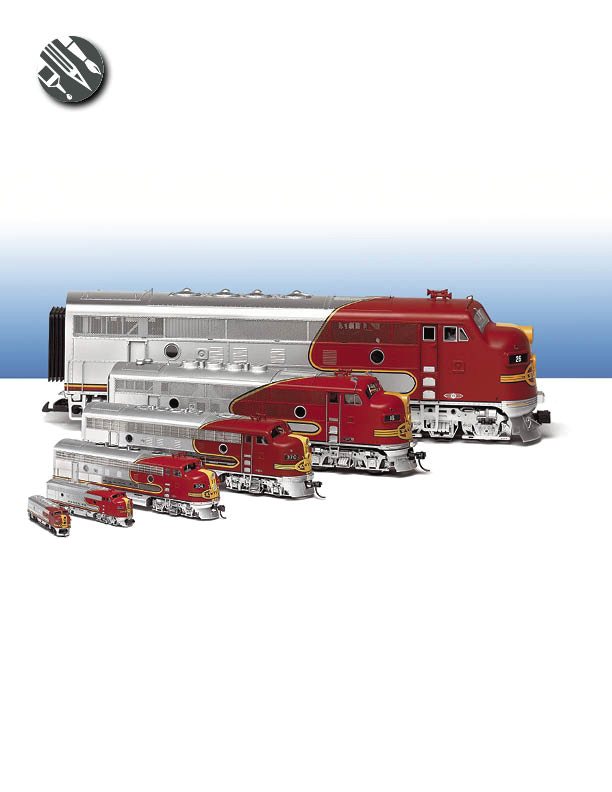Crabtree Publishing Company
www.crabtreebooks.com
Written and produced for Crabtree Publishing by:
David Jefferis
Technical advisor:
Mat Irvine FBIS (Fellow of the British Interplanetary Society)
Editor:
Petrice Custance
Prepress Technician:
Margaret Amy Salter
Proofreader:
Wendy Scavuzzo
Print Coordinator:
Margaret Amy Salter
Special thanks to Craig Culliford and Robert MacGregor for their knowledge and guidance.
Library of Congress Cataloging-in-Publication Data
CIP available at the Library of Congress
Library and Archives Canada Cataloguing in Publication
Jefferis, David, author
Model trains : creating tabletop railroads / David Jefferis.
(Model-making mindset)
Includes index.
Issued in print and electronic formats.
ISBN 978-0-7787-5017-8 (hardcover).-- ISBN 978-0-7787-5021-5 (softcover).--
ISBN 978-1-4271-2135-6 (HTML)
Railroads--Models--Juvenile literature. Railroads, Miniature--Juvenile literature. Models and modelmaking--Juvenile literature. I. Title.
TF197.J44 2018 j625.19 C2018-903061-5
C2018-903062-3
Crabtree Publishing Co
www.crabtreebooks.com 1-800-387-7650
Copyright 2019 CRABTREE PUBLISHING COMPANY . All rights reserved. No part of this publication may be reproduced, stored in a retrieval system or be transmitted in any form or by any means, electronic, mechanical, photocopying, recording, or otherwise, without the prior written permission of Crabtree Publishing Company.
Acknowledgements
We wish to thank all those people who have helped to create this publication and provided images.
Individuals:
Mat Irvine
David Jefferis
Gavin Page/The Design Shop
Organisations:
Bachmann
Brighton Toy and Model Museum
Hornby
Kato
Lionel
Fotolia/Christian Oaless
Fotolia/Aleksandr Lutsenko
Italeri
Kraft Trains
Miniatur Wunderland
Northlandz/Christian Lindecke
Revell
Scale Model News
Stow Model Rail
Vectis Auctions
White Rose Hobbies
Woodland Scenics
The right of David Jefferis to be identified as the Author of this work has been asserted by him in accordance with the Copyrights, Designs and Patents Act 1988.
Introduction
W elcome to Model Trains . This book will introduce you to a hobby that goes back more than a century. Making worlds in miniature requires patience as you recreate every detail of a tiny scene, as well as the grit and determination to see your project through, from start to finish.
Enjoying a finished model train layout is very rewarding. Not only for the model maker, but also for those who are lucky enough to see the results of all your hard work.
David Jefferis. Editor: Scale Model News
Contents
Model-Making Mindset
p This brass dribbler steam engine is an antique from the days before electric trains. Steam from the boiler pushed the cylinder back and forth to turn the driving wheels.
q This clockwork train set was made around 1900. Its windup motor still works, more than a century later.
T he earliest model trains go back to the 1800s. These first trains were powered by steam. They were made to be fun toys, not accurate miniatures, and to run freely across household carpet instead of on a track. These engines were popular, though they quickly earned the nickname dribbler for the line of wastewater they leaked from the miniature boiler that made them work. Windup clockwork motors became popular in the early 1900s, along with metal clip-together tracks to run along.
Turning the metal key winds up a clockwork motor, which then gives a few minutes of running time
What is a model train?
Boiler
Cylinder
Driving wheel
Golden Arrow trains were steam-hauled from 1929 to 1961.
Pullman cars were luxurious and comfortable.
p In 1938, you could buy this Hornby Golden Arrow train set, made largely of tinplate . Two types were sold. One had a clockwork motor, while the other was a more expensive electric version.
p An SD90 locomotive model
E lectric model trains became common in the 1930s. They were not cheap, but made great gifts, and manufacturers competed by making models that were miniatures of the real thing. However, these trains were often too large or too expensive for many parents to buy, even if a train set was often the most wanted gift for birthdays or Christmas. To become really popular, model trains had to shrink in size and cost.
Coming up to date
Model trains long ago passed the stage of being just toys. Now they are scale models packed with accurate detail, and many model trains are now controlled digitally. This locomotive , or loco, (right) gives an idea of how much detail you can expect. Note the windshield wipers, railings, and rungs for crews to climb on. Accuracy around the wheels is very important, as well as the color scheme, numbers, and markings.
p This group shows the same type of locomotive, as modelled in various sizes. From left: Z=1:220 scale, N=1:160, HO=1:87, S=1:64, O=1:48, G=1:22.5
Scales and gauges
I n the world of model trains, scale and gauge are not the same thing. Gauge refers to track width, as measured across the rails. Scale means how many times smaller a model is than the real thing. For example, 1:87 scale means the model is times smaller than the real train. A larger gauge train is usually made to a bigger scale, but there are quite a few exceptions to the rule!
T o complicate things, modelers in different countries may choose different scales for the same gauge. For example, British OO-gauge trains are made to 1:76 scale, but they can use the same gauge track as HO trains, even though HO trains are made to the smaller 1:87 scale. It sounds odd, but there is a reason for it. Early electric motors were too big to fit inside the typically small British locomotives. So the slightly bigger 1:76 scale was chosen so the motor would fit.
Z
N
HO
S
O
G
The ready-made scenery and speed controller fit neatly into this briefcase.
u On30 is a cross-scale creation. It uses HO track, but the equipment is made to the larger 1:48 scale.
O n30 is a size that suits modelers who like making trains that use a narrow-gauge track. On30 uses standard HO (1:87 scale) track, but the locos and other rolling stock are made at nearly twice the size1:48 scalewhich is the American scale for O gauge. The result is trains that run on narrow-gauge track. If you have HO equipment, it can also run on the same track.



